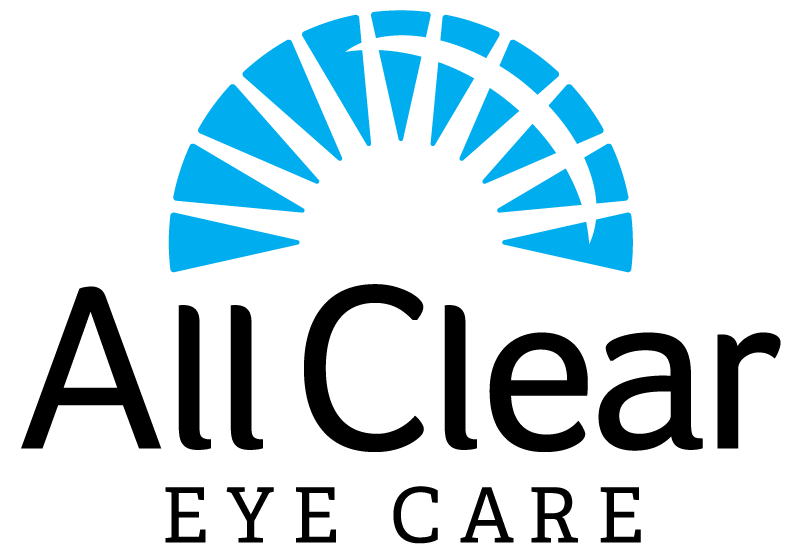What is dry eye disease?
Dry eye disease (DED) occurs when tear production and drainage are not in balance. People with dry eyes either do not produce enough tears or their tears are of poor quality. This leads to inflammation and damage to the ocular surface, negatively impacting quality of life with symptoms such as blurred vision, burning, redness, itchy, watery eyes, light sensitivity, eye pain and gritty/sandy sensation. Dry eye disease can also increase your risk for more serious eye problems like corneal ulcers.
Without treatment or proper medication, DED can worsen over time.
What causes dry eye disease?
Over 80% of dry eye cases are due to a condition called Meibomian Gland Dysfunction (MGD). Meibomian glands are the oil glands that line the edge of your eyelids, near your eyelashes. Around 25 to 40 meibomian glands line the upper eyelids and 20 to 30 line the lower eyelid. These glands secrete the oil that coats the eyes and tear film. However, when these glands get inflamed and clog up, less of this oil is secreted into the tear film. This causes tears to evaporate more quickly resulting in dry, irritated eyes.
Other factors that can also cause dry eyes include:
Gender – the majority of dry eye sufferers are women. This tends to be caused by hormonal changes, whether through the use of contraceptives, pregnancy or menopause.
Age – there’s a higher prevalence of DED in those over 50 years of age
Environment – dry wind, dry air and dry climates can evaporate the tears. Home and car heaters, air conditioners, fans and hair dryers also cause tears to evaporate.
Medication – these include antidepressants, decongestants and blood pressure medications.
Auto-immune disorders – Sjogren’s disease and arthritis, among others.
Contact lens use
History of laser eye surgery
Prolonged screen time
What are the symptoms?
Many patients with dry eyes experience some or all of the following symptoms, typically in both eyes:
Stinging, burning, or scratchy feeling
Gritty feeling; like something is in your eyes
Eye redness
Watery eyes
Blurred vision
Eye fatigue or tired feeling
Light sensitivity
Difficulty driving at night
Difficulty wearing contact lenses
Stringy mucus in or around your eyes
What are treatments?
Eye care and eye comfort go hand in hand, especially with dry eyes. There are multiple ways dry eye therapy can help you maintain moisture and manage the symptoms of dry eyes.
Therapeutic drops
Eyelid scrubs and warm compresses
Nutrition Therapy
Meibomian Gland Expression
IPL (Intense Pulse Light) OptiLight by Lumenis
Punctal Plugs
Your eye doctor can advise you about treatment options by assessing your eyes and getting to know you.

